Posted by Maris on 13th Jul 2023
Black Watch Tartan: Everything to know
The Black Watch tartan is one of Scotland’s oldest and most famous stripes. Let’s find out everything interesting about this type of plaid.
The History of black watch tartan
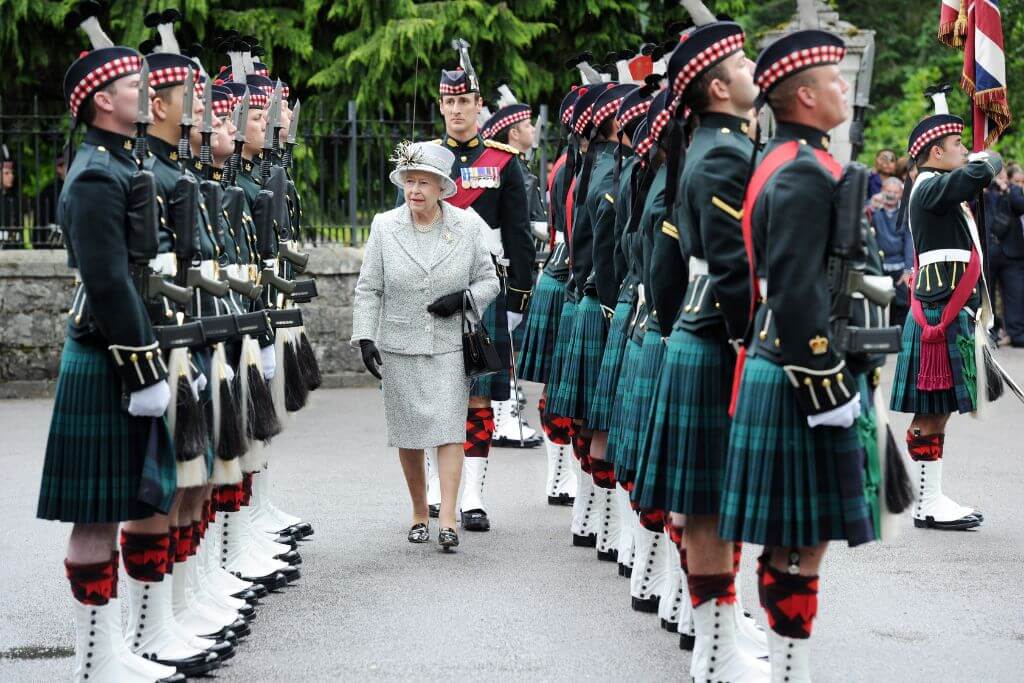
Black Watch is a British Army Regiment, first formed in 1725, following the Jacobite rebellion in 1715. Today the Black Watch are known as The Black Watch, 3rd Battalion, Royal Regiment of Scotland (3 SCOTS) and an infantry battalion of the Royal Regiment of Scotland.
In 1725, 10 years after the 1715 Jacobite Rebellion, General George Wade, Commander-in-Chief in North Britain, advised King George I to create a “Watch” consisting of six Independent Companies. The advice was given on the basis that the “Watch” would patrol the Scottish Highlands and the duties of the companies were to be “employed in disarming the Highlanders, preventing depredations, bringing criminals to justice, and hindering rebels and attainted persons from inhabiting that part of the kingdom.” Essentially, keeping the peace within the Highlands.
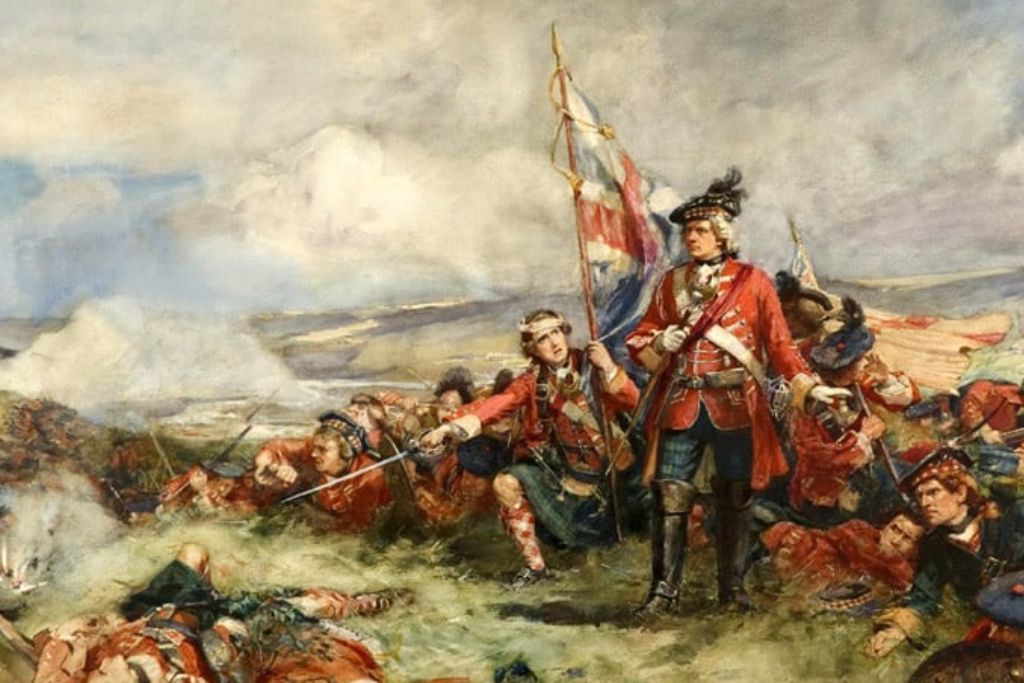
This new “Watch” was known in Gaelic as Am Freiceadan Dubh, “the dark” or “black watch”.
To create the “Watch”, three Companies were formed by members of Clan Campbell (captained by Campbell of Lochnell, Campbell of Carrick and Campbell of Skipness), one of Clan Fraser of Lovat (captained by Lord Lovat), one of Clan Grant (captained by Col William Grant of Ballindalloch) and one of Clan Munro (captained by Munro of Culcairn).
Related Posts:
WHAT COLOUR IS BLACK WATCH TARTAN?
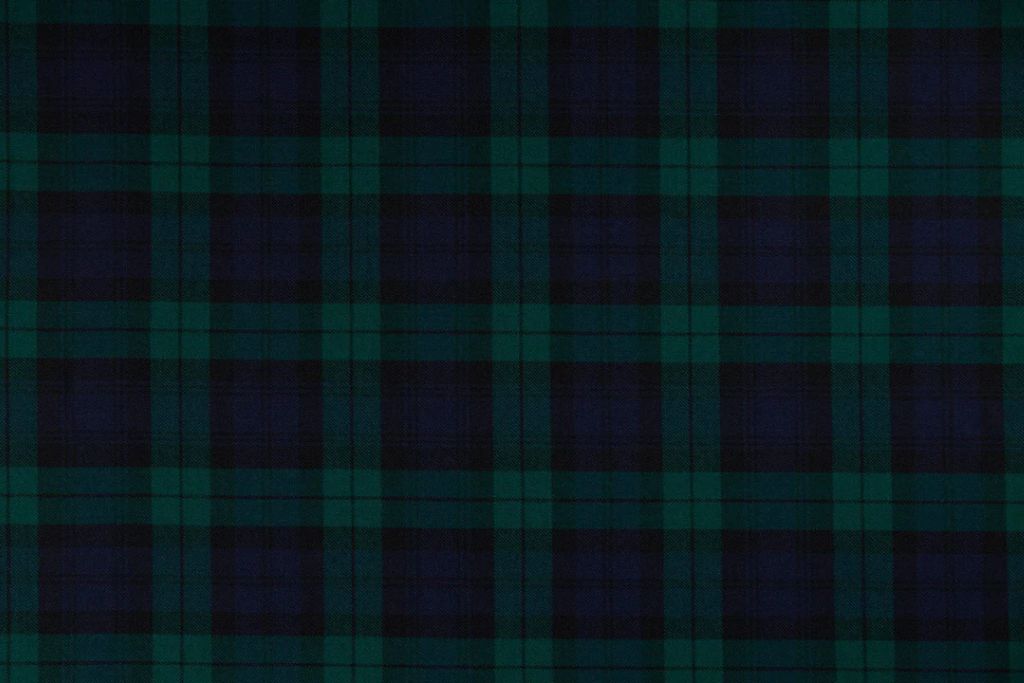
The Companies wore a black, dark blue and green tartan woven by over sixty weavers in Strathspey, the county of Clan Grant. In the collection of Lieutenant General Sir William Cockburn at the Mitchell Library in Glasgow, Scotland, a sample of the Black Watch tartan labelled ‘Grant’ is on view. Another sample of this ‘Grant’ tartan was added to the Highland Society of London collection in 1822.
On the 15th May 1725, General Wade decided to issue an order regarding the uniform of the Companies:
“take Care to provide Plaid Cloathing and Bonnets in the Highland Dress for the Non-Commission Officers and Soldiers belonging to their Companies, the Plaid of each Company to be as near as they can of the same sort and Colour.”
In 1739 King George II commanded that four more companies be trained and added to the six existing Black Watch companies, creating one single line infantry known as The Black Watch. There was one condition to join, and that was that all the men must be native to Scotland.
Wade said “… the Plaid of each Company to be as near as they can of the same sort and Colour.” and although some historians argue that each Company wore its own tartan, it is generally accepted that they all wore the one which we have long known as “Black Watch”, which is officially termed the Government Tartan.
Information given by General Stewart of Garth, appears to back this up as he states a new tartan was introduced at that time which was “distinct from all others”. His information came from soldiers who served in the Black Watch in 1739. Although General Garth served from 1787 to 1804, his sources would have told him of any changes to the tartan design. The exact design and detail of the tartan exist from the 1760s.
WHAT CLAN IS THE BLACK WATCH IN SCOTLAND?

In the 1819 Key Pattern Book of William Wilson & Sons, suppliers of tartan to the military, noted about the Black Watch tartan: “This is said to be the Munro Tartan – but it is far more probable that it is the Campbell Tartan.” There is also the possibility that the pattern was popular by many different clans throughout the Highlands.
In 1793 George III asked the Duke of Argyll to raise a regiment. Argyll then delegated this task to Duncan Campbell of Lochnell and the following year the 98th Argyllshire Highlanders were founded. Lochnell dressed the regiment in the Black Watch Tartan , which the Campbells thought of as their own.
In 1800 Major-General William Wemyss (a cousin of Countess Elizabeth) then raised the 93rd Sutherland Highlanders. The regiment’s tartan was also the Black Watch Tartan (as confirmed by Wilson’s records) – although called “Sutherland”.
This begins the cycle of the Black Watch tartan being worn by many Highland regiments, such as the Seaforth Highlanders (with red and white lines running through), the Gordon Highlanders (with yellow lines) and many Fencible regiments. It is believed the adoption of these patterns as Clan Tartans by clans such as MacKenzie, Gordon, Munro and Sutherlands, all arose by military association.
In 1881, when the 91st (Argyll) joined the 93rd (Sutherland), they wore the Black Watch Tartan to form Princess Louise’s Argyll and Sutherland Highlanders.
WHY IS IT CALLED BLACK WATCH?
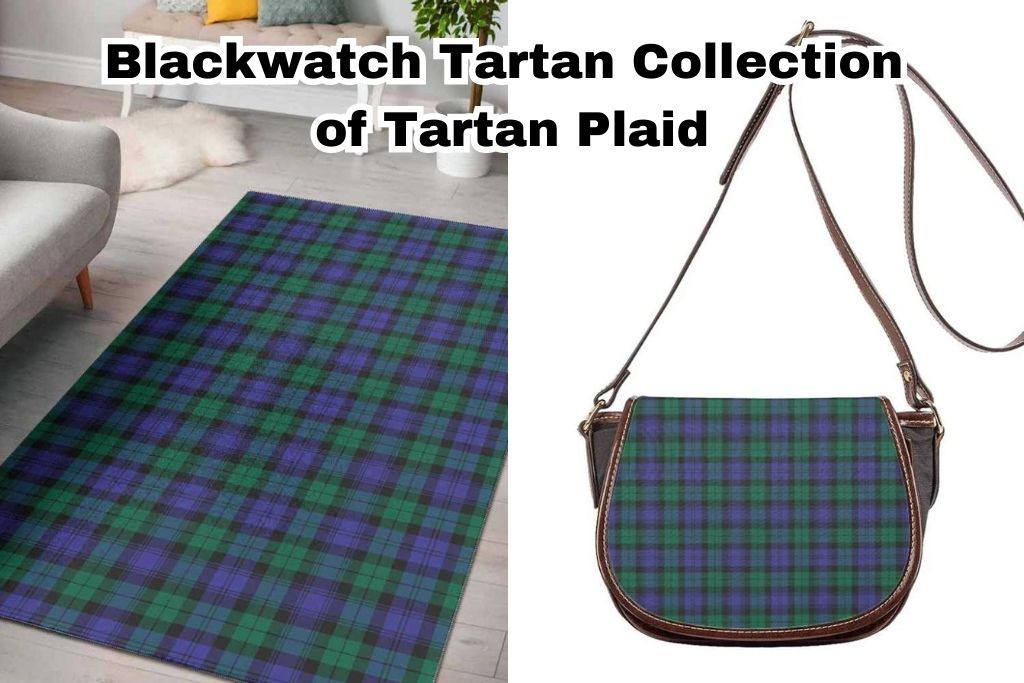
There are a few theories as to why the “Watch” was called “Black”:
- Highlanders often demanded extortion payments to spare cattle herds, so the Watch was known for combatting “black mail”
- As soldiers of an unpopular government, the Watch were considered to be “black hearted” as they had sided with the “enemies of true Highland spirit”; however, because the Watch would also call themselves the “Black Watch”, we can’t imagine this to be true
- The designation came from the Black Cockade of the House of Hanover (as opposed to the White Cockade of the Jacobites)
- Another notion is that the name is simply derived from the dark colour of the tartan
- The company’s main role was to “watch” over the highlands
DOES THE BLACK WATCH STILL EXIST?
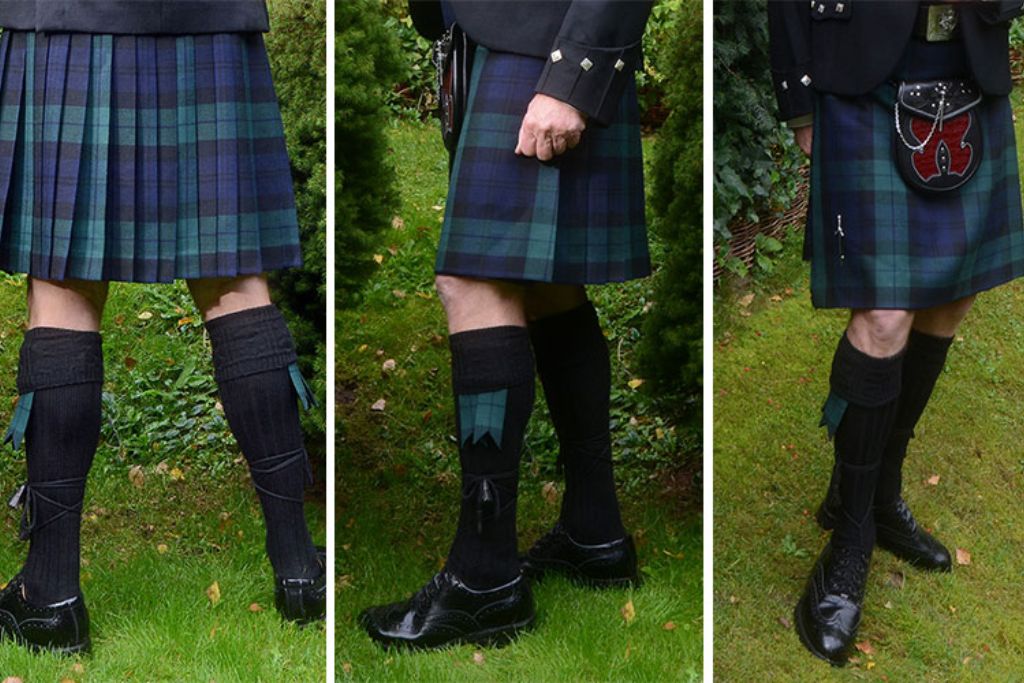
In 2006, the Royal Scots & King’s Own Scottish Borderers, Royal Highland Fusiliers, Black Watch, Highlanders, Argyll & Sutherland Highlanders and Territorial Army (Scotland) amalgamated to form the Royal Regiment of Scotland. The Black Watch tartan (with slightly lighter shades) was chosen for the new regiment and is still worn today.
12-yard kilts were originally worn by the soldiers in the Black Watch, alongside red jackets, red waistcoats and bluebonnets. Their uniformed weaponry would have included a musket, bayonet, broadsword, pistol and dirk. From their conception, the regiment wore the Black Watch tartan, right up until 1940.
WHO CAN WEAR THE BLACK WATCH TARTAN?
Today, anyone can wear the Black Watch tartan. Scottish soldiers have worn the Black Watch tartan for at least 270 years. At times, regiments have worn lighter shades and some darker, but the essential pattern, worn historically by Rob Roy’s sons, has stayed the same and is a symbol of Scottish loyalty, courage and sacrifice.

